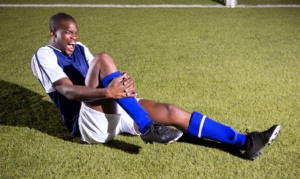
TopCleats.com Copyright @ 2024 All Rights Reserved
Arguably cleats are the most important tool of a soccer player. Unfortunately buying soccer cleats can be very overwhelming and confusing. Especially if you are buying shoes for your kids and you never played soccer before.
Finding the perfect pair of cleats takes some time. They are many factors that you need to consider when buying.
As well as other factors.
Check out our buyer’s guide to learn how to choose the best soccer cleats for you!
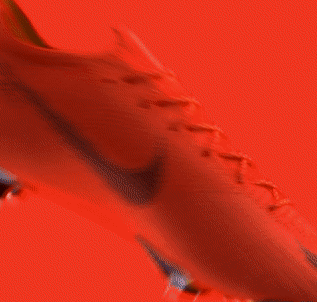
Cleats are quite different from sneakers or other shoes and have seven main parts influencing their comfort and playing capabilities.
Why are they called “soccer cleats”?
Well, because of the cleats on the bottom of the shoe.
Definition: Cleat = a projecting piece (as on the bottom of a shoe) that furnishes a grip
Meriam-Webster Dictionary Tweet
Ah, so they are more than just shoes. Cleats provide extra grip when playing soccer so that the players don’t slide around or slip when they run, stop, turn, etc.
A soccer cleat has eight parts. They are the upper, tongue vamp, outsole, insole, midsole, toe box, heel, and of course the cleats or studs.
Let’s jump into all the different parts below.
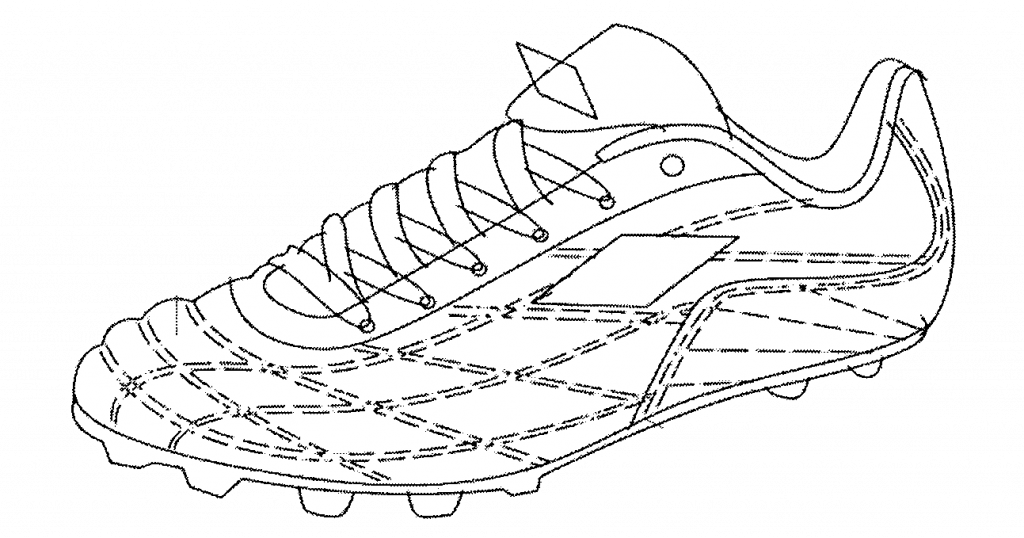
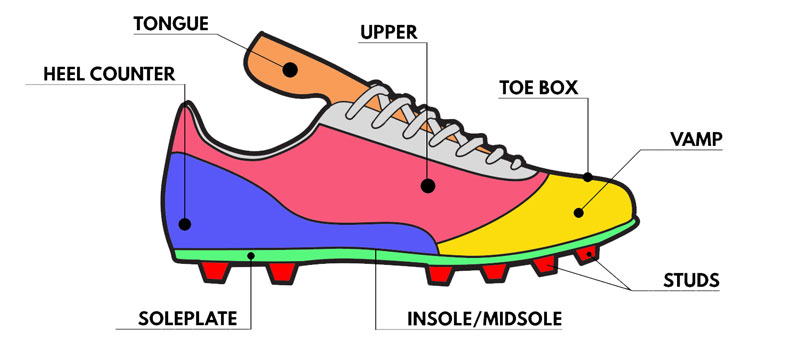
As the name suggests, this is the upper part of the cleats affecting both touch and ball control. They are made of different types of material, for example, leather, or synthetic material. Each material has unique benefits and drawbacks. If you have a wide foot you might want a leather upper since they tend to stretch. Or if you play in wet conditions a synthetic upper might be better.
This is the upper, front, strike zone that comes in contact with the ball while playing. While most vamps are stitched, some have added enhanced technologies providing the shoes with improved ball control and shot power.
This is where the cleats are attached or molded. Some shoes have a stiffer soleplate while others are more flexible. They are usually made of rubber or synthetic material. Personally, I prefer a stiffer soleplate, but many of the new shoes are very thin and flexible. Many soccer players believe that this gives them a better touch on the ball and makes them faster because they are lighter.
The insole is an important part that provides the shoes’ inner cushioning that is either removable or attached. Most shoes come with a basic insole but you can also choose from specialized high-performance insoles for improved comfort and reduced stress on your feet.
The midsole is the built-in cushioning in between the insole and outsole that absorbs shock. While most cleats have midsoles that work best with other shoe materials, try out different shoes before making a choice. There may be a particular midsole that fits your playing style the best.
This is the shoe’s back part that supports the heel. It is very important that the heel counter fits properly. Improper fit can lead to blisters or even injury. Try out a few pairs to choose the most comfortable heel befitting your playing style.
Studs are the nobs located under the cleats that improve traction. They may be molded studs or detachable, round or conical. Studs are usually made of rubber, plastic, or metal. Most leagues don’t allow metal cleats anymore since they can be very dangerous. The size and shape of the studs typically depend on the type of surface for which they are meant in order to give players the best traction possible for the desired surface.
Most soccer cleats come with permanently attached molded cleats but many experienced players prefer buying boots with detachable cleats. It gives them more versatility and a backup pair while switching playing fields.
The tongue is a bit of a forgotten piece of a soccer cleat. In an effort to make shoes lighter anything “extra” has been chopped off. Pretty literally in the case of the tongue. Some people also believe that a large tongue on a football boot will mess up their shot. I’m not sure if that is really true, but most cleat brands have removed them.
Many of the older models used a large tongue to cover the laces of the shoe. This would protect players from getting those annoying loopies. You know, when someone’s cleats get stuck in your laces creating a big loop when they try to move away. Or to keep water from entering the boot through the laces.
Modern shoes have either very short tongues or none at all. With laceless cleats, the tongue is made into a stretchy material so you can slip the shoe on.

Did you know that soccer cleats are divided into various types?
The different types are based on the stud types and the surface they are meant to be played on.
If you are not sure what surface you will play on or you can only afford to buy one pair of cleats, I suggest playing safe and buying FG boots which perform comparatively well on most surfaces. Firm ground cleats are also a great choice for kids or beginner soccer players because of their versatility.
But if you want to buy specific cleats for the surface you are playing on, then you can choose from the following designs:
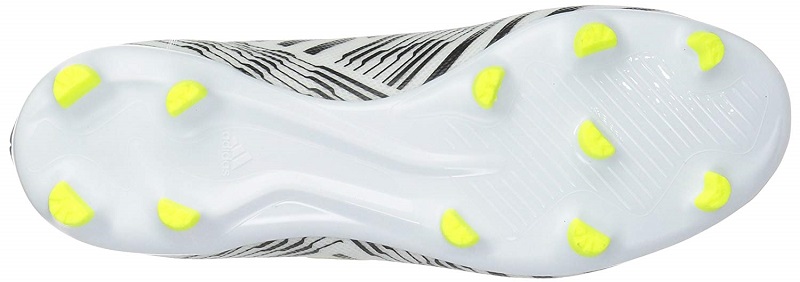
This is the most common type of soccer shoe known for providing stability and traction. It is best used on natural grass and outdoor soccer fields and has non-removable bladed or conically shaped rubber studs.
Bladed studs produce less pressure over the match but create better traction and speed. Conical studs provide for quick release and improved stability with minimal risk of injuries with its increased points of contact with the field. Since turf or artificial grass is becoming more prevalent shoe manufacturers are producing FG shoes that can be used on artificial grass too.
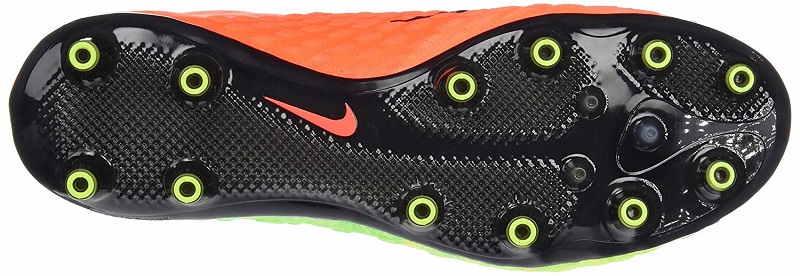
Artificial grass is growing in popularity for being more sustainable and less susceptible to weather while providing a consistent surface with minimal maintenance.
Artificial grass shoes come with a rubber outsole with evenly distributed smaller rubber studs for improved traction. They can also be used for training purposes or as a back-up while playing on hard surfaces but are not meant for firm ground.
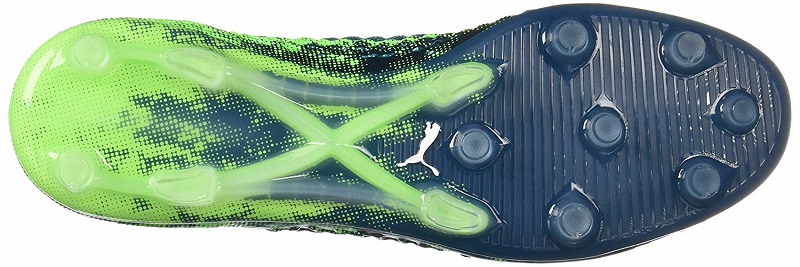
While some players wear different cleats on natural and artificial grass, it can get expensive for novice players. This is where hybrid cleats come in which come in various cleat shapes and lengths and provide acceleration on both firm, natural surfaces and artificial grass. As you can see in the example above there are four-bladed cleats while the rest are cylindrical.
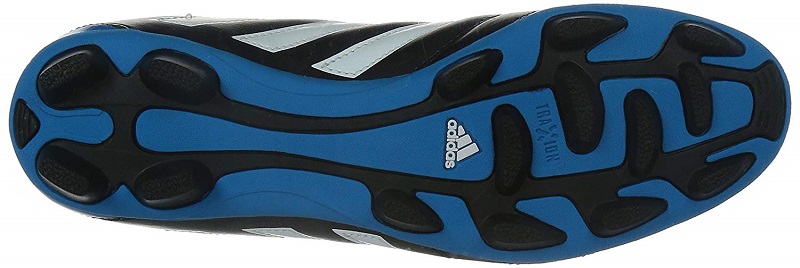
Hard ground cleats are ideal for playing on very hard, firm, dry, and bare surfaces. They have more conical studs that provide balance and optimal traction with minimal injury risks. They can also be used for playing on FG surfaces.
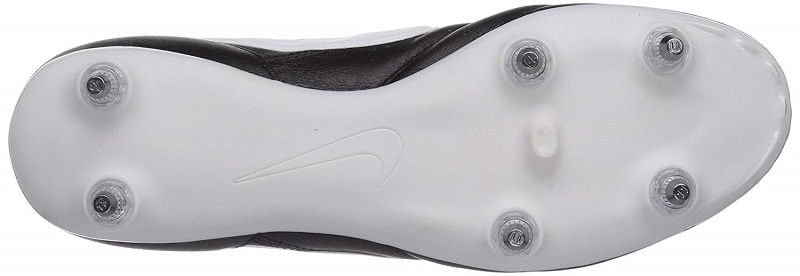
These soccer shoes are designed for playing only on soft grounds where their longer metal-tipped studs easily penetrate through. They are ideal for playing in areas with frequent rains because they provide added traction on wet and muddy fields.
Most SG shoes come with removable studs for customization while playing on different fields. However check with your league before buying them, to ensure metal studs are permitted.
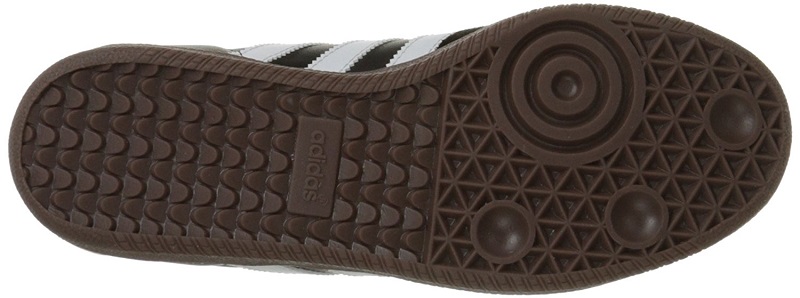
Indoor soccer cleats are designed for playing on hard, glossy indoor soccer courts and futsal in gyms. As they usually come without cleats or studs, they look like light sneakers and can be used for leisure and street soccer too.
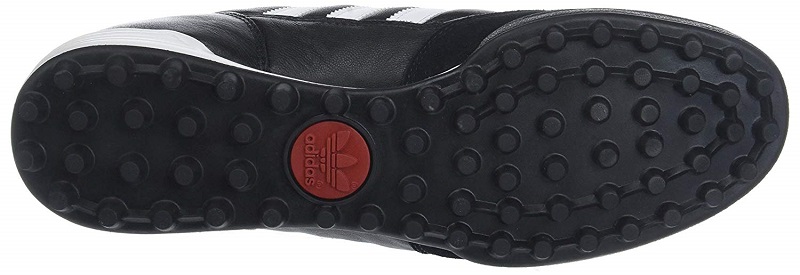
Artificial turf boots are designed for playing on artificial turf and come with various highly-concentrated short conical studs for improved traction. They are ideal for soccer training and as a backup pair for hard surfaces.
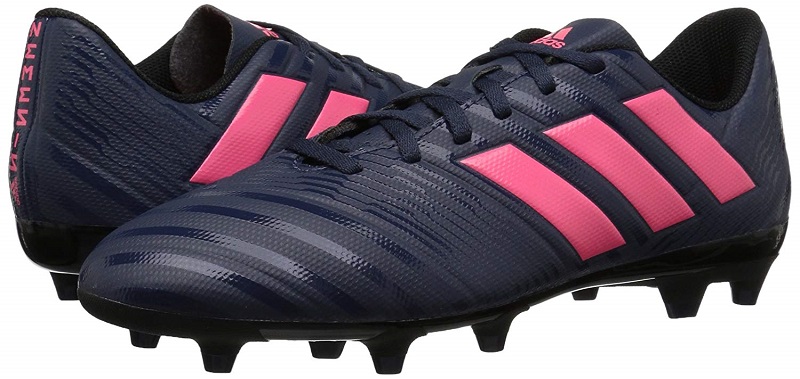
We should also give a shout-out to the women’s cleats. While many female players prefer wearing men’s soccer boots, there are soccer shoes meant for women with a narrower mold to better fit a woman’s foot. But women who prefer wearing men’s shoes, should choose a size or a size and half down. So an 8.5 men’s shoe is ideal for women wearing a size 10 women’s shoe.
 Soccer shoe materials have changed over the years.
Soccer shoe materials have changed over the years.
But they all serve the same purpose of producing comfortable, lightweight and thin shoes that quickly forms to the ball on contact.
So, let’s find out what are our cleats made of!
Players typically have their personal preferences when buying cleats.
Some like leather shoes because they offer a glove-like fit while others like the consistency of synthetic uppers.
Below you’ll see the advantages and disadvantages of various materials including natural leather and synthetic leather, to help you make your choice easier.
While there are different types of leathers used for making soccer boots, they can be broadly classified into two groups – kangaroo and all other types. This is because while all other types may look different, they still have similar properties when compared to kangaroo leather. Kangaroo or K-leather.
Unlike other leathers that have fibers at right angles, kangaroo leather is uniquely highly uniformed in direction. It is this uniformity that makes kangaroo leather thin, light, and strong. It also easily molds to the feet without much break-in time.
So while kangaroo leather is better than other leathers and preferred by professional players, it comes with a hefty price. However kangaroo leather isn’t as durable or waterproof as other leathers like calfskin and cowhide leather.
Calfskin is soft, water-resistant, and maintains a better shape than kangaroo leather, but it is also heavier than kangaroo leather.
Full-grain leather is water-resistant, thicker and tougher than kangaroo and calfskin, and conforms well to the foot. However, it is heavier than both calfskin and kangaroo.
Synthetic uppers are lighter and more durable than natural leather but are not as comfortable as leather. They are thinner than leathers but don’t stretch much. So if you feel the shoes are tight from the first wear, they won’t get much better. They are usually built from plastics, some brands offer varied options.
Shoe manufacturers like Nike and Adidas have come up with synthetic leather shoes designed to feel and look like leather, and are waterproof. They are breathable, don’t need too much cleaning and don’t require breaking-in. However, it doesn’t offer as much ball contact feel as K-leather or natural leather offers.
Knitted uppers are the newest available cleat material. It has a highly textured surface that provides increased control and traction while kicking the ball. They are also generally lightweight and waterproof in design.
You have to choose your soccer cleats’ material, based on how long you want them to last, your budget, foot shape, and your playing style. You also have to choose based on the cleats’ waterproofing abilities. Remember, if you tend to play consistently in wet fields, then it’s better to avoid natural leather because it tends to absorb water.
It’s not enough to know which type of shoes suits your playing style best…
 You also need to know how to pick the right sized cleats!
You also need to know how to pick the right sized cleats!
This is where most people go wrong.
There are two things to know about choosing the right pair of soccer boots…
…the first is sizing, and second is fit.
Sizing involves determining the shoe length. Soccer cleats actually resemble your foot with a distinct mid-foot area and distinctively shaped forefoot and toe box areas. The shoe should tightly wrap around your foot without any extra space inside. This is why it’s important that your kid’s mid-foot sits well in the respective spaces to reap the benefits of the shoe’s technology.
Many people use the thumb rule. This means leaving a thumb space in between the toes and the tip of the shoe before buying the shoe. For soccer cleats, this is too much space. If you are shopping for an adult you should have very little room at the front of the shoe.
If you are shopping for a child, someone that is still growing. They shouldn’t be able to slide their feet in and out of the shoes. The shoes should feel snug. Of course, parents are motivated to get cleats that are slightly too large so their kids can “grow into” them. The problem is, that shoes that are too big can cause slipping (in the shoe) or even blisters. Also if there is too much space at the toe of the shoe, this could cause a poor touch on the ball or even tripping.
The fit consists more of the shoe’s general shape and how it wraps your foot. This means that the shoes should fit pretty snug on both sides, without any space inside to slide your foot from side to side. It’s only if the shoes give a snug fit that it provides the stability needed to play soccer and still feel comfortable.
When you buy leather shoes they should be a little bit tight when you buy them because the leather will stretch. I typically go down a ½ size of full size when purchasing my soccer cleats.
So always make sure the shoes are a perfect fit. Cleats that aren’t the proper length and width are not the right shoes. Don’t let others’ opinions influence their selection because only they will be able to determine if the shoes fit them well and if they are comfortable in them. Getting the right cleats will protect against having to return them, blisters, discomfort, or even injury. This will detract from enjoying the beautiful game and playing it well.
 Now that you’ve read the background All this info above is what I usually come through…
Now that you’ve read the background All this info above is what I usually come through…
…before I buy a pair of cleats for myself or my kid.
Head over to our Soccer Cleats Buying Guide for a summary of what to do when buying new shoes.
And dig in and buy that pair of cleats!
Get the latest soccer updates in your mailbox
TopCleats.com Copyright @ 2024 All Rights Reserved